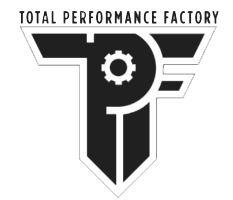Essential Home Exercises for Young Athletes
In the world of sports, performance isn't just about what you do on the field, but also about the preparatory work you do off it. For youth athletes, this preparation is crucial. Luckily, there are several effective exercises that can be done at home, requiring no equipment, to improve sports performance. Here's a guide to six such exercises:
1. Isometric Squat Holds: For Overall Strength and Neurological Control
Description: This exercise requires you to lower into a squat position and hold it.
Benefits: Enhancing overall strength, especially in the lower body. Additionally, it improves neurological control by teaching the body to maintain a static position under tension.
2. Skaters: For Lateral Quickness, Power, and Single Leg Control
Description: Mimicking a skater's movement, it involves leaping side-to-side, balancing on one leg at a time.
Benefits: Boosts lateral speed and power. Also, it emphasizes balance and control on a single leg, pivotal for many sports.
3. Tuck Jumps: For Vertical Power and Explosiveness
Description: From a standing position, jump as high as possible, bringing knees towards the chest.
Benefits: Develops explosive power and strength in the hips. Useful for athletes in sports that require jumping.
4. Push-ups (Eccentric if needed): For Core, Shoulders, Back, and Chest
Description: The classic push-up. For beginners, the downward (eccentric) motion can be the starting point.
Benefits: Builds core strength. Also tones and strengthens the shoulders, back, and chest. The foundation for many upper body movements in sports.
5. Walking Lunges: For Stride Mechanics and Independent Leg Strength
Description: A forward lunge, but continue walking forward, alternating legs.
Benefits: Perfect for enhancing stride mechanics, crucial for runners and many team sports. Also strengthens each leg independently, ensuring balanced development.
6. Lateral Lunges: For Symmetrical Leg Development
Description: A lunge but move to the side rather than forwards or backwards.
Benefits: Helps in developing leg symmetry, especially for lateral movements, ensuring one leg doesn’t become dominant.
Conclusion
For young athletes, consistency is key. Regularly incorporating these exercises into a home workout routine can lead to noticeable improvements on the field, court, or track. So, gear up and get moving, even when you're at home!
